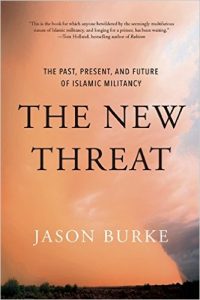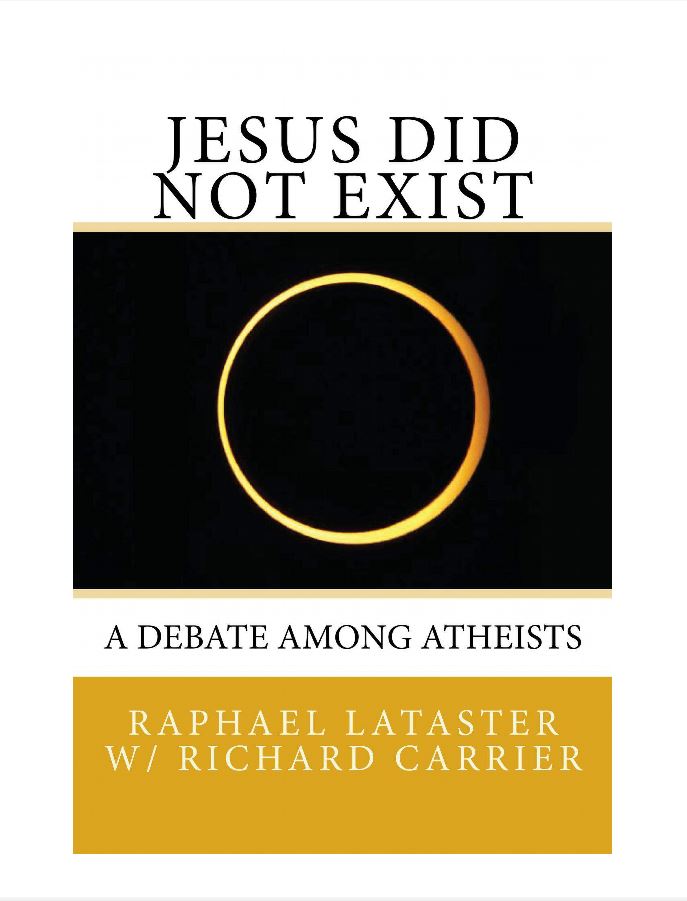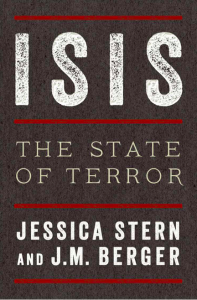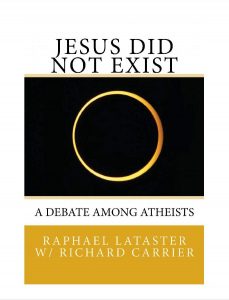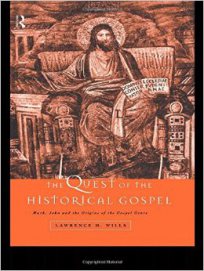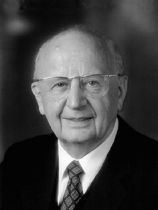Sam Harris is making the news circuit again. (Who is this Sam Harris guy, anyway?) He’d choose Ben Carson over Noam Chomsky for President apparently because Ben Carson has a better understanding of the Islamist threat to the West; Jerry Coyne writes that Sam Harris drains the intellectual cesspool at Salon and sees himself and Sam as the true inheritors of the Age of Enlightenment; and of course he’s being misrepresented by his critics as always. As for everybody who has ever criticized Sam Harris being guilty of misrepresenting him, Cenk Uygur of The Young Turks analyses this proclivity masterfully in Nobody Understands Poor Sam Harris (h/t Pharyngula):
So I thought this would be an apropos time to dust off a draft post that has been sitting in my files for some weeks now. Recall back in mid October that Kyle Kulinski attempted to find a way for people like Glenn Greenwald and Sam Harris to come to a meeting of minds. Why can’t all atheists who agree Islamic terrorism is a serious problem just get along?
What I did was write notes on one of those conversations, the one published 17th October 2015. They’re too loose to be called a transcript but I have noted very approximate time markers throughout for relatively easy checking.
Kyle — There is so much agreement among us so why cannot we get along?
1:30
SH: — Says that Kyle’s attempt to establish a way New Atheists and others should be able to get along was destined to fail…..
He (SH) is going to explain why he agreed to come on KK’s show and “to nail down some basic facts”
SH says he also went on The Young Turks network where Werleman and Reza Aslan had been given a platform to “disparage me” (Sam Harris) “and lie about my views”.
He has come here on KK’s show to respond to Glenn Greenwald:
“Glenn came on your show and just ran me down for the better part of an hour. He misrepresented my views as he always does; he compared me to neo-nazis he’s known in his capacity as a lawyer; he called me a coward; he told the world that I changed my views where people find them offensive; and I falsely claim to have been misrepresented; and you more or less agreed with him on that point…..”
3:00
SH: “I want to take a few minutes to explain some background facts because it’s very easy for people to get confused about what’s happening here. . . . I want you and your listeners to understand why this debate is so poisonous.”
SH: To be unbiased “is a very good thing — most of the time. But it’s not such a good thing when you’re dealing with unethical and irresponsible people. If you came upon two people fighting in an alley you wouldn’t necessarily assume that each has a good reason for wanting to hurt the other. You’re aware that it’s perfectly possible that one of them is a psychopath who attacked the other for no good reason and the other’s just doing his best to defend himself. . . . ”
“Some people are in fact total arseholes. They’re unscrupulous, they’re dishonest, they’re self-serving, they’re powerfully self-deceived, they’re narcissistic, they’re unwilling to admit mistakes. Some people are just walking case studies in psychopathology and bad faith. Now, unfortunately I have managed to collide with a fair number of these people; and Glenn Greenwald and Reza Aslan are probably the most well-known. They have their minions: Glenn has Murtaza Hussain, I think he’s probably a psychopath from the way he behaves online. And Reza has Nathan Lean, who from my eyes is just aspiring to be the most ethically confused person on earth. And then there are people like Chris Hedges and C.J. Werleman. These are both famous plagiarists and loons. . . .
Many people assume that the criticising the character of one’s opponent as I’m doing now is to commit the ad hominem fallacy. It’s not. That’s only true if you’re failing to deal with their arguments. And insofar as any of these people have arguments, I’ve dealt with them. . . . But for the most part they but they just lie about my views. You are engaging with these people as though they are arguing in good faith. They aren’t. And my correspondence with them should prove that to you if you’ve been paying attention. . . .”
On KK with Werleman —
“you treat him like a perfectly moral intellectually honest person who just might have some interesting things to say about me and Dawkins and our alleged bias against Muslims. But who is C.J. Werleman? He’s a plagiarist who when caught, rather than apologize and spend a year in the wilderness ….. he created a sock puppet blog, literally a fake blog ostensibly by some woman in Brooklyn from which he accused me of plagiarism. . . . We’re talking about the most unprofessional behaviour imaginable, and yet you are taking him seriously.
“And who is Glenn Greenwald? GG is just C.J. Werleman after he won the lottery. Glenn is a totally unscrupulous defamer of people who just got handed the story of the decade because Snowden happened to like his political views. And if you think that’s unfair, you haven’t been paying attention to how Greenwald operates. Greenwald has his own sock puppet scam you might want to look into.
“I remain genuinely confused about Snowden. I honestly don’t know whether he’s a hero or whether he deserves to be in prison. I’m absolutely…. There’s a blank spot in my mind about the significance of what he has done. I simply don’t know the consequences of his actions now or what they will be in the future. But I know one thing to a moral certainty. Most people who fear government surveillance for obvious reasons and most people who are fond of what Snowden did are blinded to who GG actually is. Snowden simply handed him thousands of top secret documents and Greenwald leaked them and you seem to assume this makes him a brilliant investigative journalist. Greenwald doesn’t have a journalistic bone in his body. I have never seen someone so maliciously unconcerned about misrepresenting the views of his opponents …. apart from the other people we are talking about- Reza Aslan and Glenn’s deranged colleague Murtaza Hussain. These people are glorified cyber-bullies. Continue reading “(“Misrepresenting”) Sam Harris On Progressivism, Torture, Religion & Foreign Policy”

